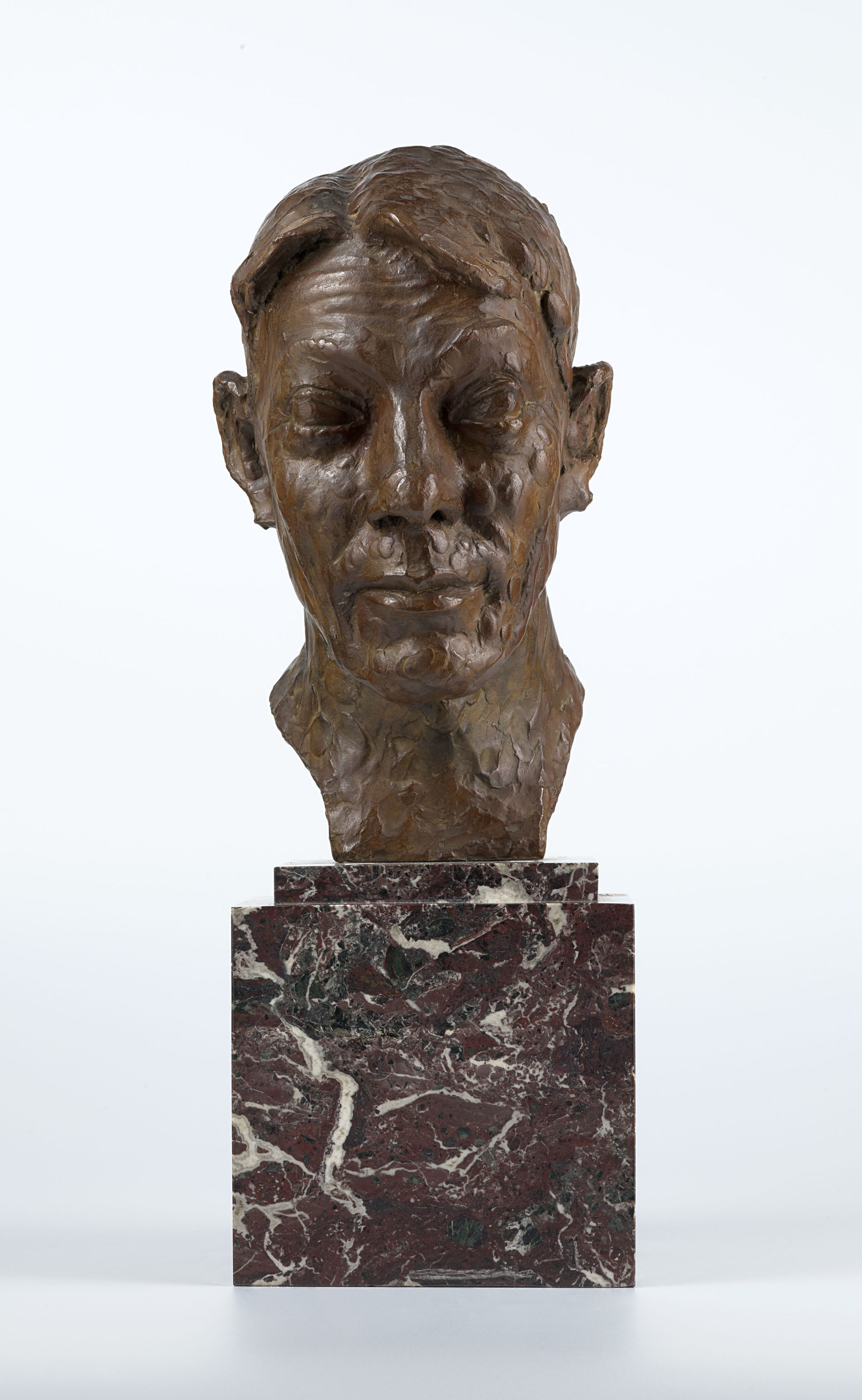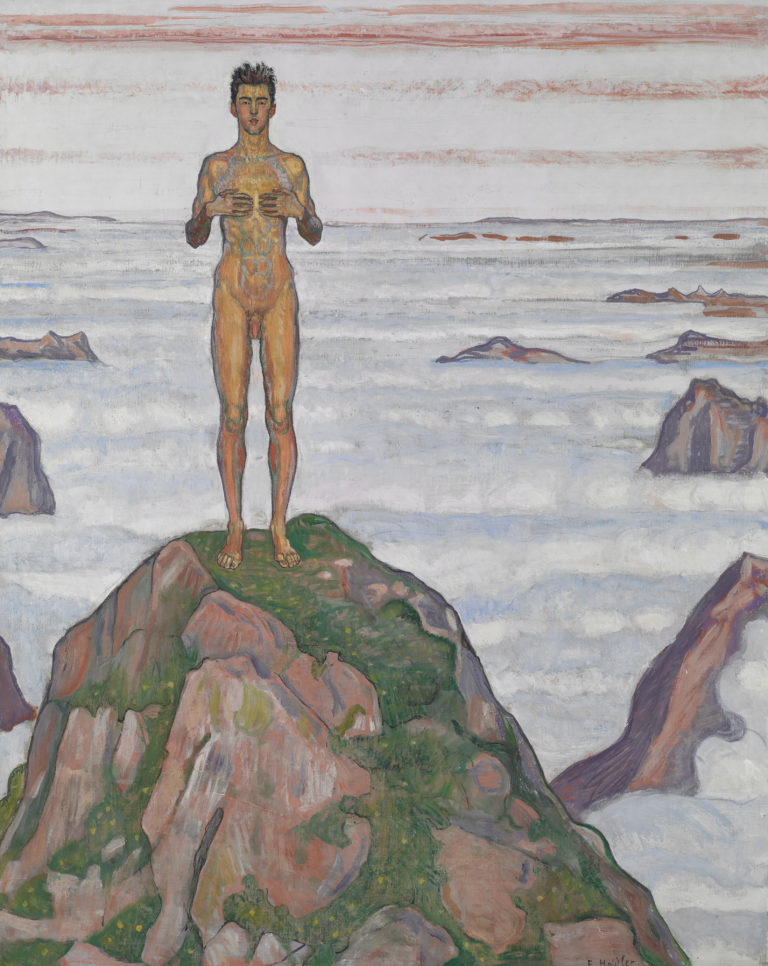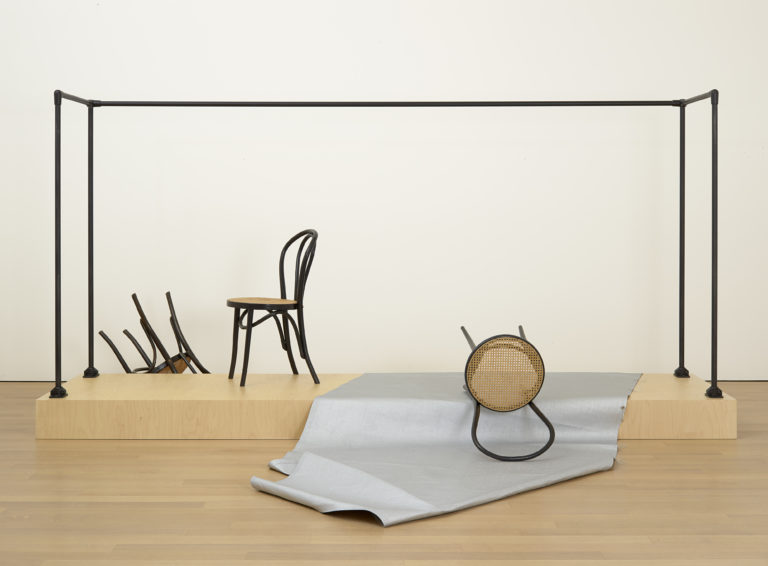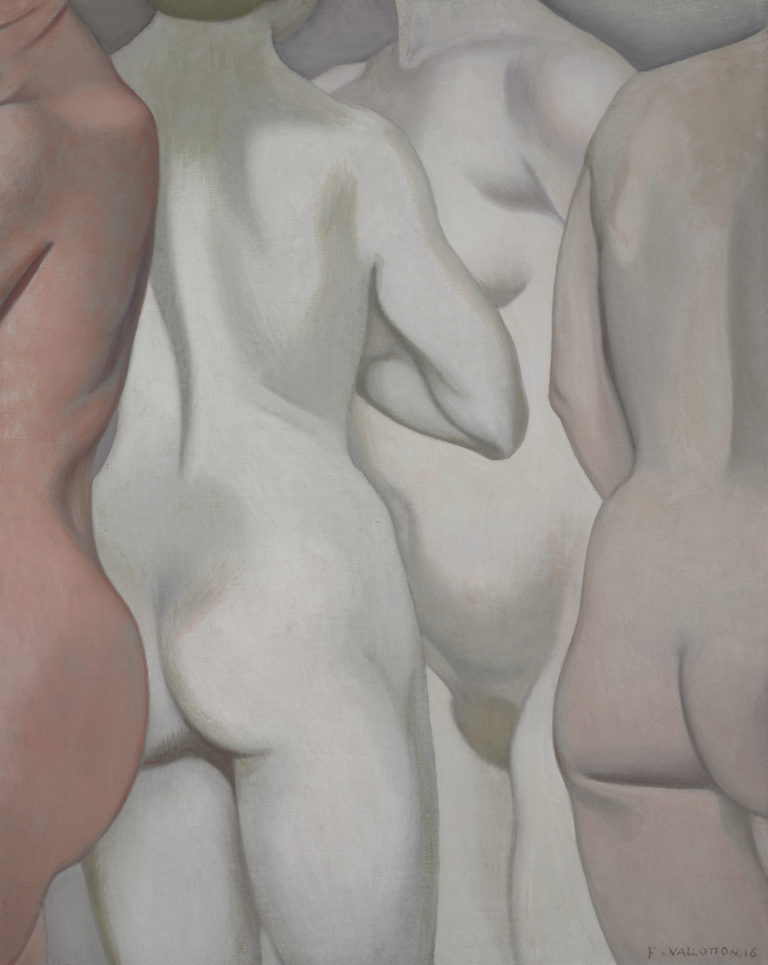Bibliography
Pierre-Paul Clément (intro.). Texts by C. F Ramuz, Alexandre Cingria, Jean Apothéloz, Jean-François Reymond, Jean Clerc ou l’élection précoce, Lettres et documents, Lausanne, L’Âge d’Homme, 1983.
Jean Clerc sculpteur 1908 – 1933. Texts by René Auberjonois, François Fosca, C.-F. Ramuz, Gustave Roud, Élie Gagnebin, Charles Clément, Casimir Reymond, Sophy Giauque, Jean Apothéloz, Richard Hartmann, Lausanne, Éditions de Mon Repos, 1943.
Jean Clerc 1908 – 1933. Texts by Charles Clément, Casimir Reymond, Edmond Henry Crisinel, C. F. Ramuz, Lausanne, Éditions romanes, 1934.




Jean Clerc excelled at portraiture, and modelling proved the technique that suited him best. As the spiritual heir to Charles Despiau’s naturalism, but with a more emotive, excitable temperament all his own, Clerc truly captured the essence of his sitters. On a visit to Paris in 1929, he was much struck by the work of Jean-Baptiste Carpeaux and Auguste Rodin. As a result, he developed his own new technique in the early 1930s, flattening balls of clay that left strange lumps on the faces he portrayed, as can be clearly seen on this bust. The eyes also stand very prominent from the face, conferring an unusually intense sense of light.
Élie Gagnebin (1891 – 1949) was appointed professor of palaeontology and geology at the University of Lausanne in 1933. He is best remembered for his geological maps of the Alpine foothills and his research on the quartenary era in the Lake Geneva basin. He also wrote much admired works of literature, philosophy, and musical criticism. As a young man in Lausanne in 1918, he played the Reader at the inaugural performance of L’Histoire du Soldat by Igor Stravinski and Charles Ferdinand Ramuz. A critique he wrote on Jean Clerc in 1943 shows he had spotted the sculptor’s precocious genius.
This bust survives in three versions: the other two are in clay (Lausanne, musée cantonal de géologie) and plaster (also in the MCBA collection). This bronze was cast in Geneva by Mario Pastori using the lost wax process and mounted on a plinth of brecciated radiolarite and serpentinite. The portrait captures Gagnebin’s eerie, almost faun-like features: “his face immediately revealed his clarity of mind. He was slightly cross-eyed, giving anyone he spoke to a strange, sometimes slightly awkward impression, since you did not know which eye was looking at you” (Maurice Lugeon).